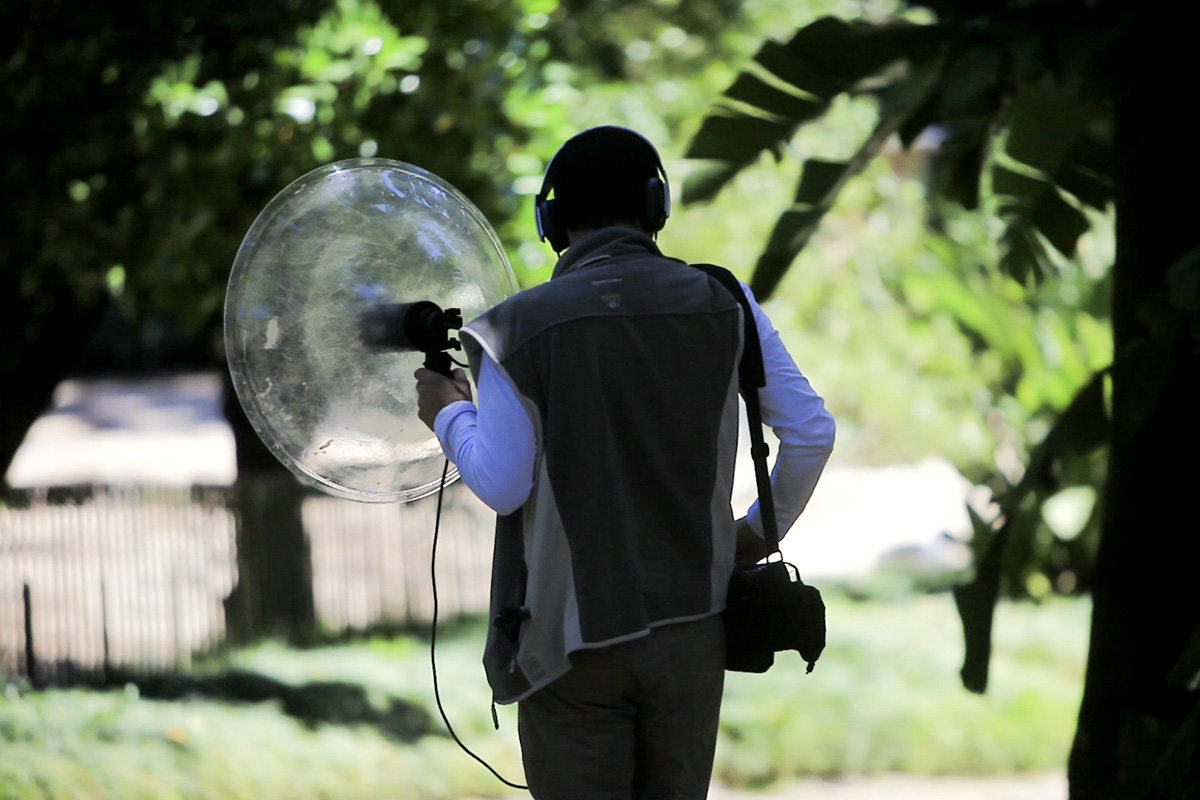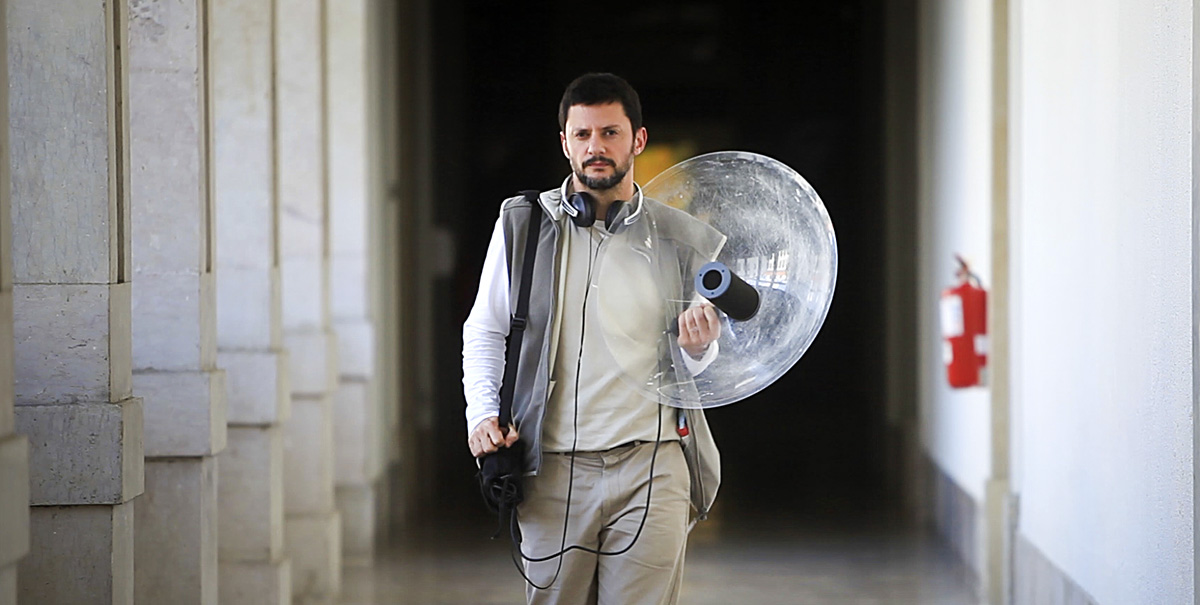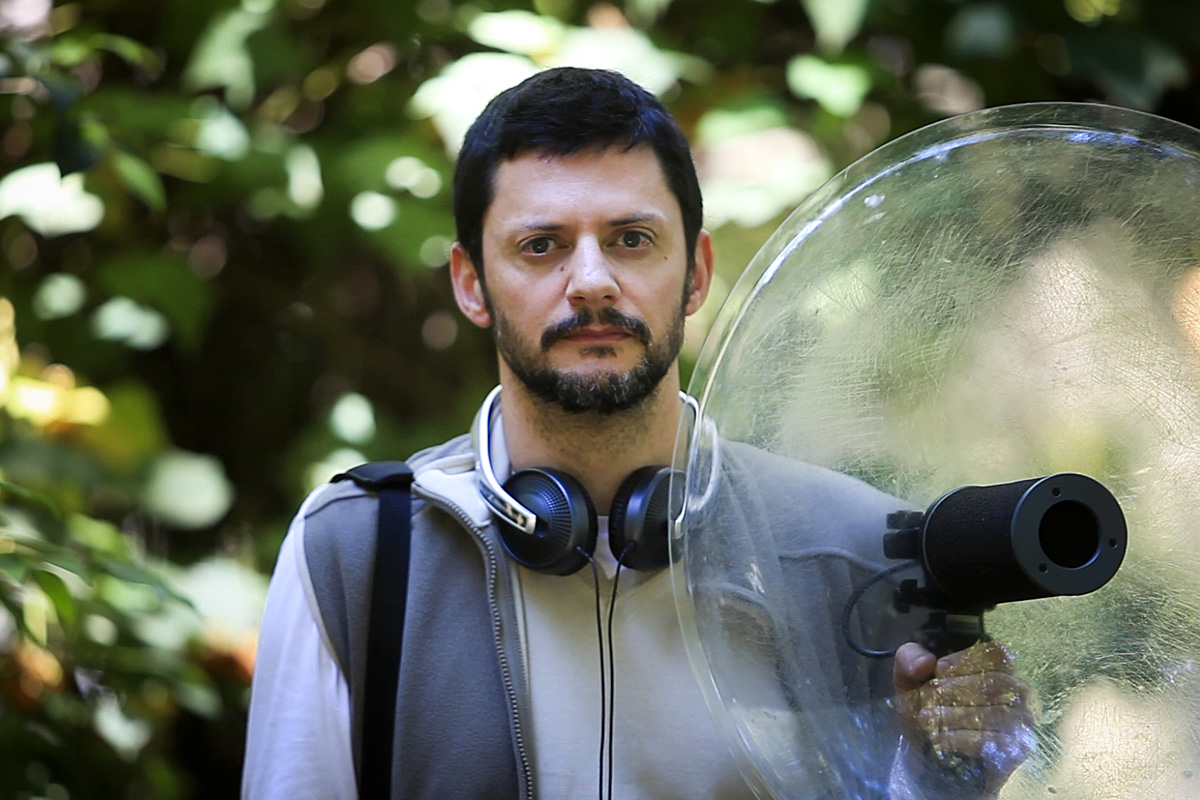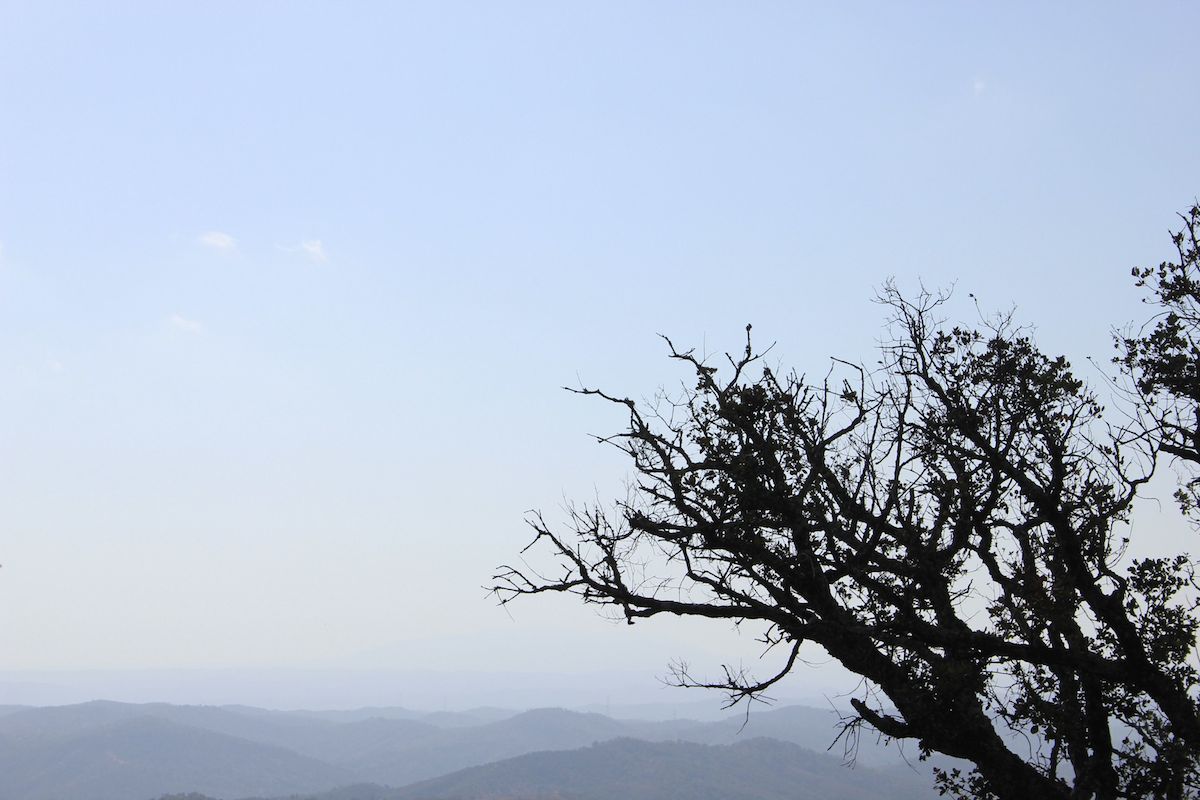The songs of nightingales and other birds fill the air in Nature Reserve of “Paúl do Boquilobo”, at the confluence of Almonda river and the Tagus river. In another corner of the country, in Maçal do Chão, Celorico da Beira, we hear the cattle bells of a herd passing by on a spring day.
With our eyes closed, we travel to the winter of Moura, Alentejo (on the south of the country), or we walk through the salt marshes of Vasa Sacos in the Nature Reserve of the Tagus Estuary, where we listen to the wintering birds.
These places belong to a very special map that includes the 20 best landscapes in Portugal to listen to nature. The list was chosen by the project “Natural Acoustic Landscapes of Portugal” (2010-2012), a initiative where the first national archive of Portuguese biodiversity sounds is mostly based.
(From now on you can go on reading this article while you listen to spring as if you were in Paúl do Boquilobo, thanks to one of the recordings made during the project.)
https://api.soundcloud.com/tracks/51268123
The “Natural Acoustic Landscapes of Portugal” initiative, coordinated by the biologist and expert in bioacoustics Paulo Marques, has recorded the sound of nature in 20 landscapes from the North to the South of the country, including the Island of Terceira in the Azores archipelago. The main goal was to record the sounds of the landscape in different regions and preserve them for the future.
The bioacoustic landscapes are available on the Internet. However, although with a single mouse click it looks like we are just there in Moura or in the Hills of Gerês, it wasn’t quicky or easy to get this result.
It took several years and a scientific research project dedicated to the history of science, funded by the Foundation for Science and Technology, for Paulo Marques and his team to collect nearly 3,000 hours of recordings in oak forests, agricultural and rural landscapes, cork oak forests, estuaries, marshes, plains, woods and water lines. They wanted to make recordings representing the species that produce sound at a given location.
Their goal was “to make the best portrait of Portuguese natural acoustic landscapes”, Paulo Marques explained to Wilder. He says that these “natural symphonies” will make possible for someone to compare the sound biodiversity of the same place over the years. Keeping this in mind, each of the recorded landscapes was georeferenced in a map.
In the selection of each landscape nothing was left to chance. The researchers tried hard to find the Portuguese best preserved natural places, with the help of conservation local entities and associations.
After having chosen the place, the team settled a net of five microphones on tripods, all of them connected to the same recorder by cables with 50 meters and left them recording the sounds of the landscape for 24 hours. Then they returned, recovered the equipment and changed to another location. “We have many groups of animals that use sound in their daily life. Insects, birds, land and flying mammals, such as bats”, said the expert.
Paulo Marques was especially fond of the recordings made in International Douro Natural Park. “They didn’t represent any particular species but those landscapes had little human interference and had a very rich community of species”.
“It is really nice when we make a graphic representation of the sounds and we see high and low frequencies, that is, the soundtrack all occupied”, he added. “Frogs singing down here, then birds occupying an intermediate track and a huge band of insects”.
However, that didn’t prevent that “even in the most remote places we always caught the human presence”. Noises of planes, the bell of a church in the distance, sheep herds often appear in these Portuguese landscapes.
Besides making a bioacoustics portrait of the 20 places, in 2010, the project made an inventory of the sounds of landscapes that had already been captured in the country. Now all those sounds are in the national archive of nature sounds, at the National Museum of Natural History and Science in Lisbon.
After the most intensive period of recordings, the team started listening the sounds they recorded, selecting and cataloguing what they heard.
Nowadays, the national archive contains digital sounds of 185 species (48 hours of recordings), sounds of 1346 landscapes (2874 hours) and monitoring (more than 3500 hours), in total of more than 131,700 records (more than 6000 hours).
According to Paulo Marques, animals use sounds to attract mates, defend territories, ask for food and give alarm. The bioacoustics is very useful to study animal behaviours, make conservation and to study the taxonomy and physiology of animals.
Among the several sounds of identified species that can be heard on the Internet, most belong to birds such as the blackbird, the white stork or the blue jay. But you can also listen to red squirrel, the deer, a loud chorus of green frogs or strange vocalizations done by Lusitania toadfish (Halobatrachus didactylus) – a fish that strives so hard to be heard by females, when the time comes to mating, that even humans perceive it.
“When I started to map out the sounds in order to understand what was known about the history of bioacoustics in Portugal, I found out that there were no recordings of the 60s”, says the biologist.
The oldest Portuguese records we know are from the end of the 70s but they are kept in the library of Madrid, because the Portuguese archive was only created later on.
The aim of the national archive is” to create a biological collection open to the research and the society”, Paulo Marques explains. He is also curator of this heritage in the context of a partnership between the Applied Psychology Institute (ISPA) and the National Museum of Natural History and Science (MUHNAC) and other institutions.
In spite of being presently involved in a project of conservation of the Iberian imperial eagle (program LIFE imperial, in Castro Verde), the biologist and all the team go on capturing sounds. And they are available to receive contributions from other naturalists who want to cooperate with their own records, so that the natural symphonies of Portuguese landscape can reach further.
[divider type=”thin”]Now it’s your turn.
To listen to the Natural Acoustic Landscapes of Portugal you can go to the main page of the project.






